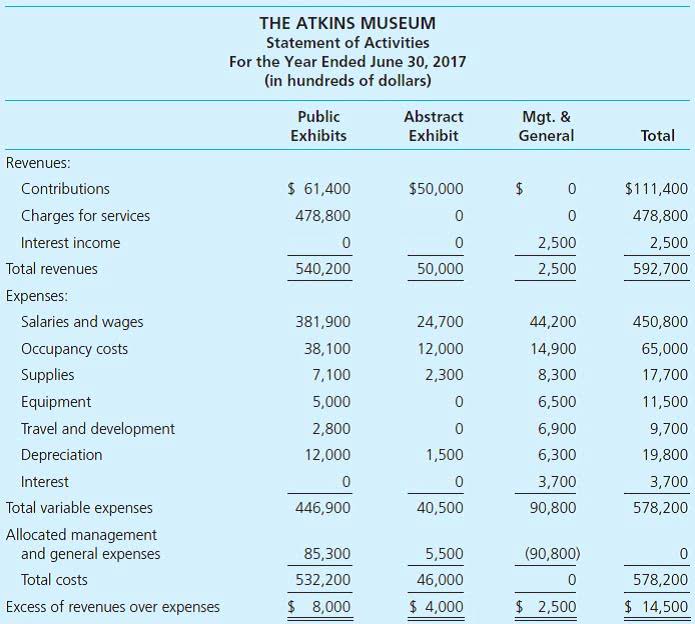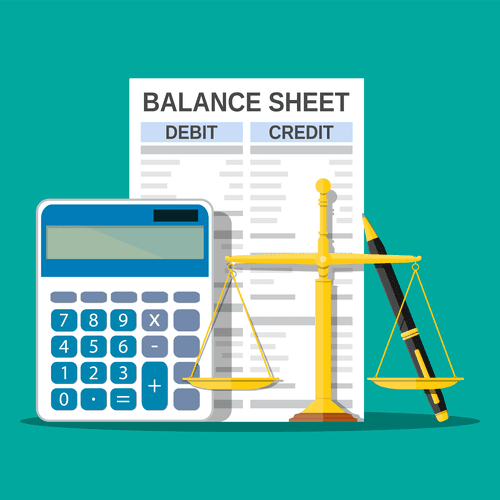
In these cases, journal entries record any adjustment to the book’s balance. After fee and interest adjustments are made, the book balance should equal the ending balance of the bank account. Before you reconcile your bank account, you’ll need to ensure that you’ve recorded all transactions from your business until the date of your bank statement. If you have access to online banking, you can download the bank statements when conducting a bank reconciliation at regular intervals rather than manually entering the information. Any discrepancies found are investigated and resolved to maintain the integrity of the financial records.
Real-World Example for Reconciling Bank Statements

There’s nothing harmful about outstanding checks/withdrawals or outstanding https://www.bookstime.com/bookkeeping-services/lancaster deposits/receipts, so long as you keep track of them. In huge companies with full-time accountants, there’s always someone checking to make sure every number checks out, and that the books match reality. In a small business, that responsibility usually falls to the owner (or a bookkeeper, if you hire one. If you don’t have a bookkeeper, check out Bench).

Understanding the Bank Reconciliation Statement
If a company is unaware of the exact amount of these fees, they may not be included in the company’s financial records and will only be seen when they receive their bank statement. Conducting regular bank reconciliation helps you catch any fraud risks or financial errors before they become a larger problem. This includes everything from major fraud and theft to accounting miscalculations, insufficient funds, and incomplete or duplicated payments. Begin with a side-by-side comparison of your bank account statement and your company’s accounting records. Check that your financial transaction records include all payments and deposits for the transaction period, as well as the final balance. Typically, the difference between the cash book and passbook balance arises due to the items that appear only in the passbook.
How to Accept International Payments: Everything You Need to Know
- The debit balance as per the cash book refers to the deposits held in the bank, and is the credit balance as per the passbook.
- Once you have made the adjustments in the bank reconciliation statement, you’ll need to verify that the totals of both the adjusted balance as per the bank and the adjusted balance as per the cash book match.
- Simply put, a reconciliation is how a business makes sure it has the cash it thinks it has.
- After adjusting all the above items what you’ll get is the adjusted balance of the cash book.
Proactively identifying and rectifying such issues enables you to avoid serious financial misstatements, cash flow difficulties, and compliance risks. A bank reconciliation is an essential process for ensuring that your company’s financial statements match the available cash in your business bank account. Performing regular bank reconciliations helps you stay on top of cash flow, keep bookkeeping organized records for tax season, and minimize the risk of fraud and theft. Regular reconciliation helps identify discrepancies early, address issues promptly, and ensure the integrity of financial reporting. Bank reconciliation is not a ledger itself but rather a process or a tool used to ensure the accuracy and consistency between a company’s bank account records and its own accounting records.


The more frequently you do a bank reconciliation, the easier it is to catch any errors. Many companies may choose to do additional bank reconciliations in situations that involve large sums of money or that show unusual financial activity. This can include large payments and deposits or notifications of suspicious activity from your bank. In these situations, it’s a good idea to perform an immediate reconciliation. By comparing your company’s internal accounting records to your bank statement balance, you can confirm that your records are accurate and analyze the reasons behind any potential discrepancies.
Omission error
For companies with high transaction volumes, multiple bank accounts or multiple currencies, bank reconciliation can be a time-consuming process. NetSuite’s Australia Bank Feeds can automate a crucial part of this process — the manual comparison of bank data with companies’ accounting system data. NetSuite users can save time and improve data accuracy by automatically connecting to a daily bank data feed for transactions from Australian banks including locally issued credit cards. This bank data feed from all banks is presented to bank reconciliation process in a single step to enhance productivity by saving time. ABFS can be used together with Auto Bank Statement Import (ABSI) SuiteApp to directly process files from specific banks or companies not covered by ABFS.
Step 3: Review Account Trial Balance
When all these adjustments have been made to the books of accounts, the balance as per the cash book must match that of the passbook. If both the balances are equal, it means the bank reconciliation statement has been prepared correctly. The bank will debit your business account only bank reconciliation when they’ve paid these issued checks, meaning there is a time delay between the issuing of checks and their presentation to the bank.